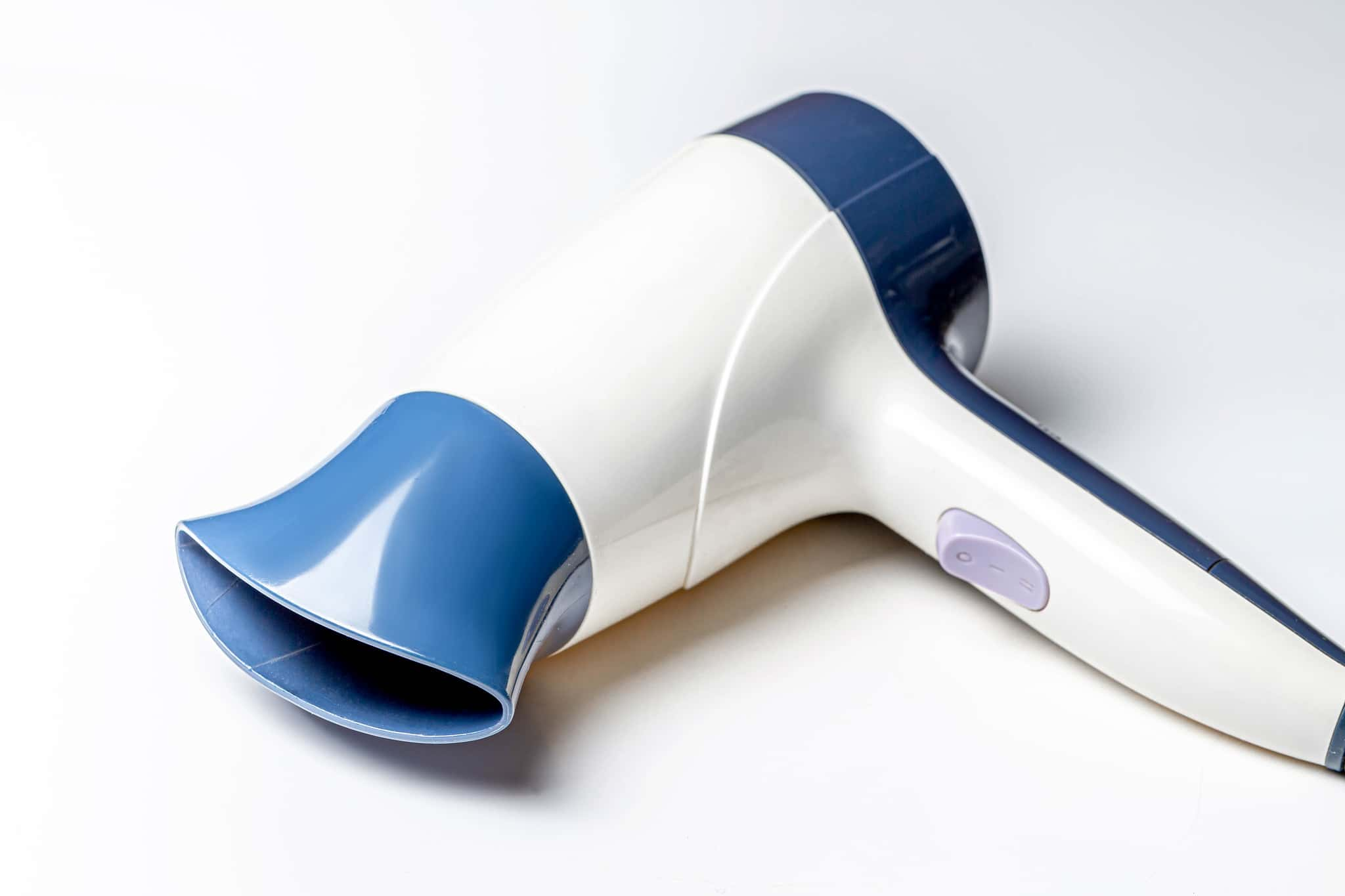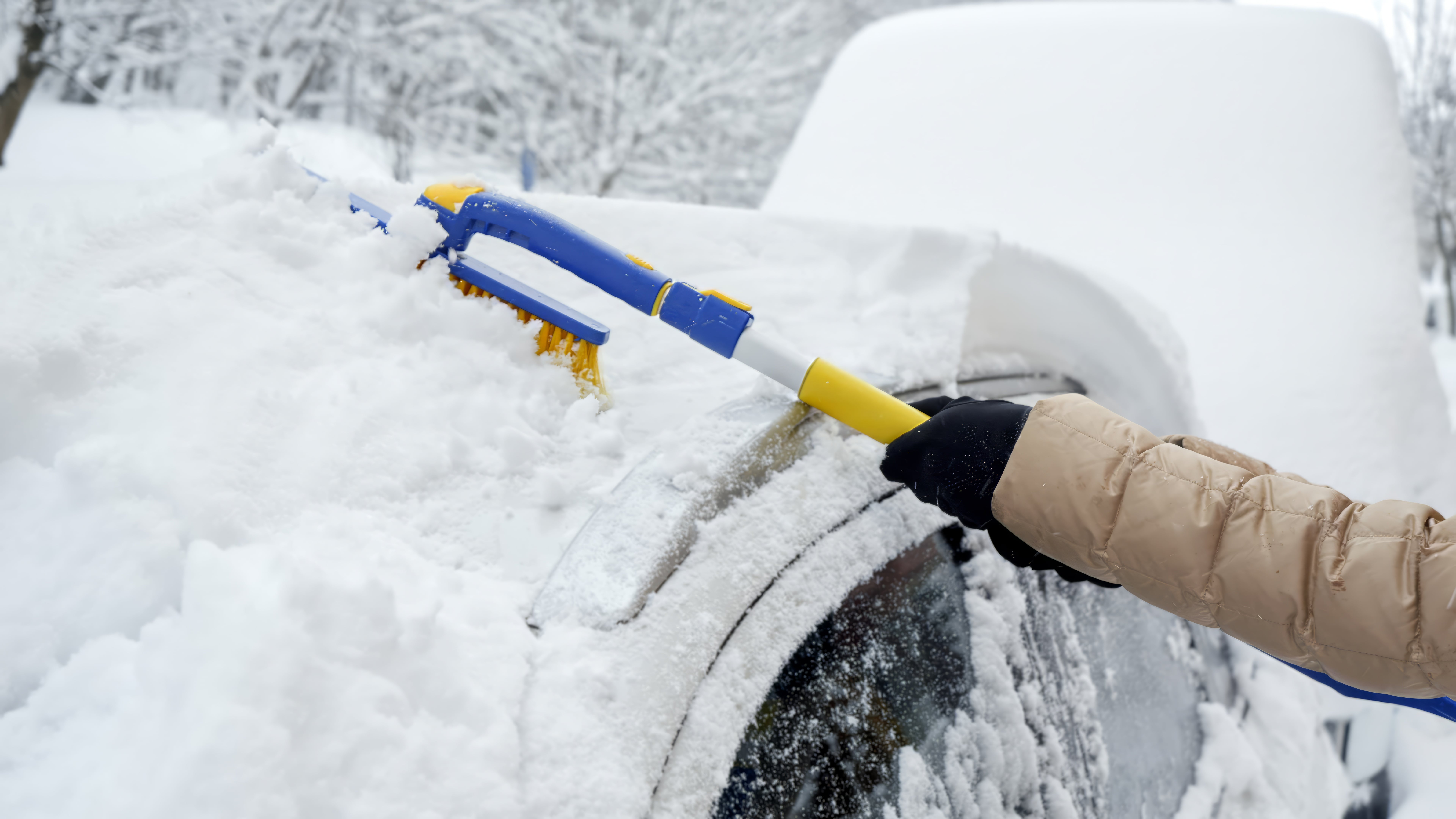Snow Removal Slip-Ups: What NOT to Do
As winter blankets the world in snow, clearing your vehicle becomes a necessary chore. While many snow removal tips abound, not all of them are good advice.
In this article, we'll uncover the top 10 things you should NOT do when cleaning snow from your vehicle, including some common misconceptions and ineffective hacks.
Removing Snow Safely

Removing snow from your vehicle safely is crucial for several reasons.
Firstly, it enhances your visibility on the road, reducing the risk of accidents caused by impaired vision.
Secondly, clearing snow prevents it from dislodging and obstructing other drivers, creating hazardous conditions for everyone on the road.
Thirdly, failing to remove snow properly can lead to fines or penalties in many regions, as it poses a safety hazard.
Lastly, taking the time to safely clear snow from your vehicle demonstrates responsibility and consideration for others, contributing to safer and more efficient winter driving for everyone.
Do Not Use Boiling Water
Pouring boiling water on your icy windshield might seem like a quick fix, but it's a recipe for disaster. The extreme temperature difference can crack your windshield, leading to costly repairs.
Do Not Use a Hairdryer
Don't grab your trusty hairdryer to melt ice either. It's time-consuming, and the hot air may damage your vehicle's finish.
Do Not Use Use Hot Water on Frozen Locks
Pouring hot water over frozen locks may free them temporarily, but as soon as the water refreezes, you'll have an even bigger problem.
Do Not Use a Shovel on Vehicle
Avoid using a shovel to scrape off snow, especially if it's metal. It can scratch your paint, leading to unsightly damage.
Do Not Use Bare Hands or Bare Fingers
It's tempting to use your hands to wipe off snow, but it's an easy way to get frostbite. Always wear gloves.
Do Not Skip Roof Cleaning
Neglecting to remove snow from your vehicle's roof is dangerous for both you and other drivers. Snow can slide onto your windshield while driving or create hazardous conditions for those behind you.
Do Not Tap on Windows with Hard Objects
Tapping your windows with hard objects, like a hammer or a baseball bat, can shatter the glass, leading to costly repairs.
Do Not Use Use Hot Air for Defrosting
Cranking up the heat to defrost your windshield can lead to cracks due to rapid temperature changes. Use your vehicle's defrost settings instead.
Do Not Use Salt as a Windshield Cleaner
While salt can melt ice, it can also corrode your vehicle's finish and lead to rust. Avoid using it directly on your car.
Do Not Use DIY Snow Chains
Homemade snow chains using zip ties or ropes may seem like a budget-friendly solution, but they can easily break or damage your tires. Invest in proper snow chains or winter tires for safety.
What to Do Instead
When it comes to safely clearing snow from your vehicle, the right tools make all the difference. A snow brush with a long handle and sturdy bristles is essential for effectively sweeping snow from your car's roof and windows without scratching the paint.
Additionally, an ice scraper with a sharp blade can help remove ice and compacted snow from windows and mirrors. Don't forget to invest in a good quality snow shovel for clearing the snow around your vehicle and creating a safe path to drive.
With these tools at your disposal, you'll be well-equipped to handle winter weather without causing damage to your vehicle or putting yourself and others at risk on the road.
Final Thoughts
When it comes to clearing snow from your vehicle, it's essential to prioritize safety and avoid common misconceptions. Skip these ineffective methods and opt for tried-and-true snow removal techniques to ensure a safe and damage-free winter driving experience.




















